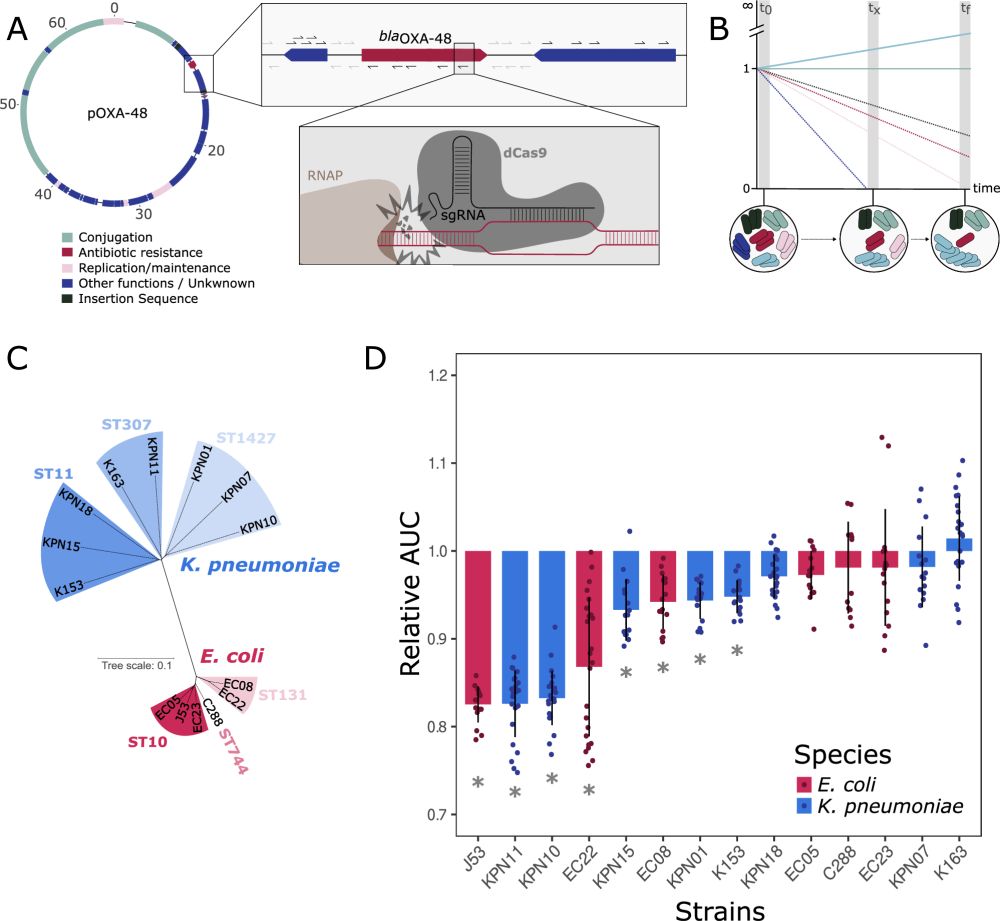Jorge Sastre Domínguez
@jorgesastred.bsky.social
190 followers
210 following
11 posts
PhD student in the Plasmid Biology and Evolution (PBE) and Evolution of Microbes and Mobile Genetic Elements labs.
Bioinformatics 💻 Evolutionary Biology 🦠 Antimicrobial resistance 💊
📍CNB - CSIC
Posts
Media
Videos
Starter Packs
Reposted by Jorge Sastre Domínguez
Reposted by Jorge Sastre Domínguez
Reposted by Jorge Sastre Domínguez
Reposted by Jorge Sastre Domínguez
Reposted by Jorge Sastre Domínguez
Reposted by Jorge Sastre Domínguez
Reposted by Jorge Sastre Domínguez
Reposted by Jorge Sastre Domínguez
Reposted by Jorge Sastre Domínguez
Zamin Iqbal
@zaminiqbal.bsky.social
· Sep 7

Clustering of plasmid genomes for genomic epidemiology by using rearrangement distances, with pling
Integration of plasmids into genomic epidemiology is challenging, because there are no clearly defined evolving-units (equivalent to species), and because plasmids appear to evolve as much by structur...
www.biorxiv.org
Reposted by Jorge Sastre Domínguez
Reposted by Jorge Sastre Domínguez
Reposted by Jorge Sastre Domínguez
Alvaro San Millan
@sanmillan.bsky.social
· Aug 13


















